An indoor swimming pool is one of the most desirable home additions out there. However, that is when it is actually a pool and not a flooded basement. If you live in a part of the world that sees a lot of rain and regular flash floods, there is a risk of your basement flooding and being permanently damaged. From damaging hardwood floors to resulting in extensive molding, water damage can cause countless problems for homeowners.
Luckily modern engineering has introduced many solutions to the problem of basement flooding. While there are sure to be all kinds of waterproofing methods and solutions, there are three main ones that are widely used by contractors and structural engineers everywhere. Using these methods will ensure that your basement never sustains water damage and remains structurally sound for years to come.
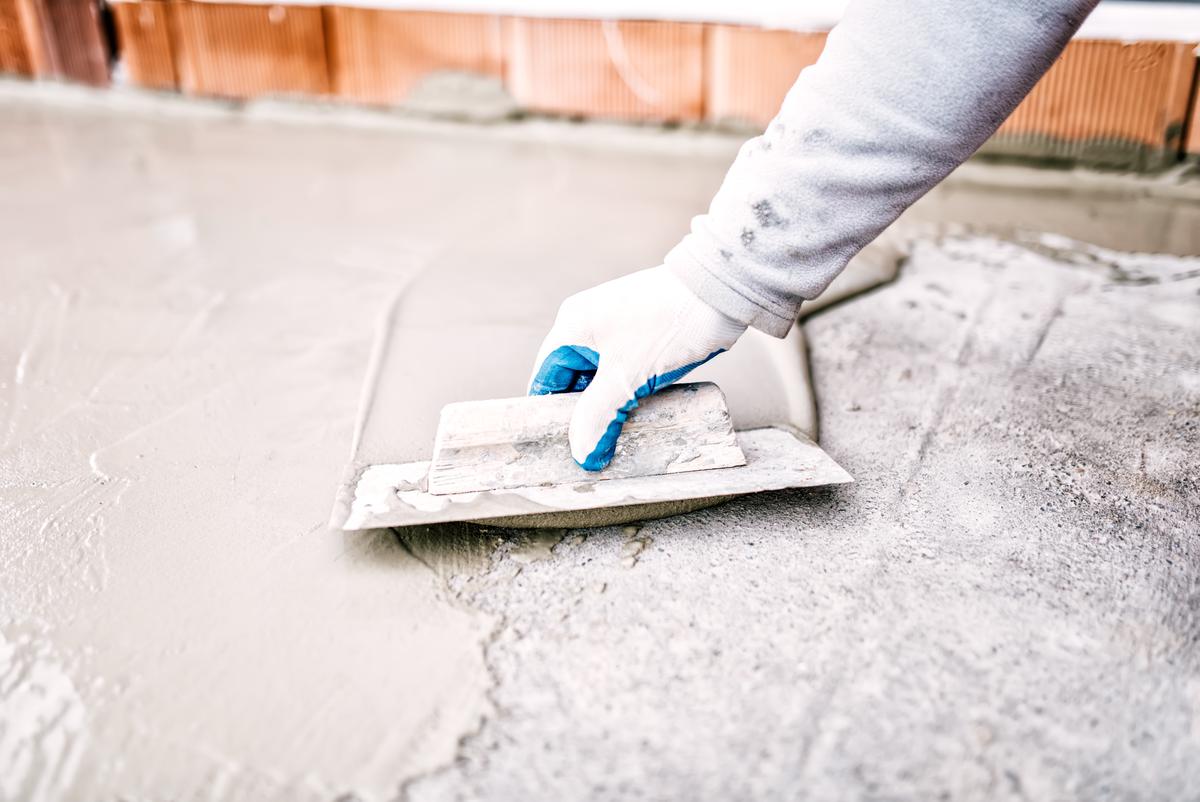
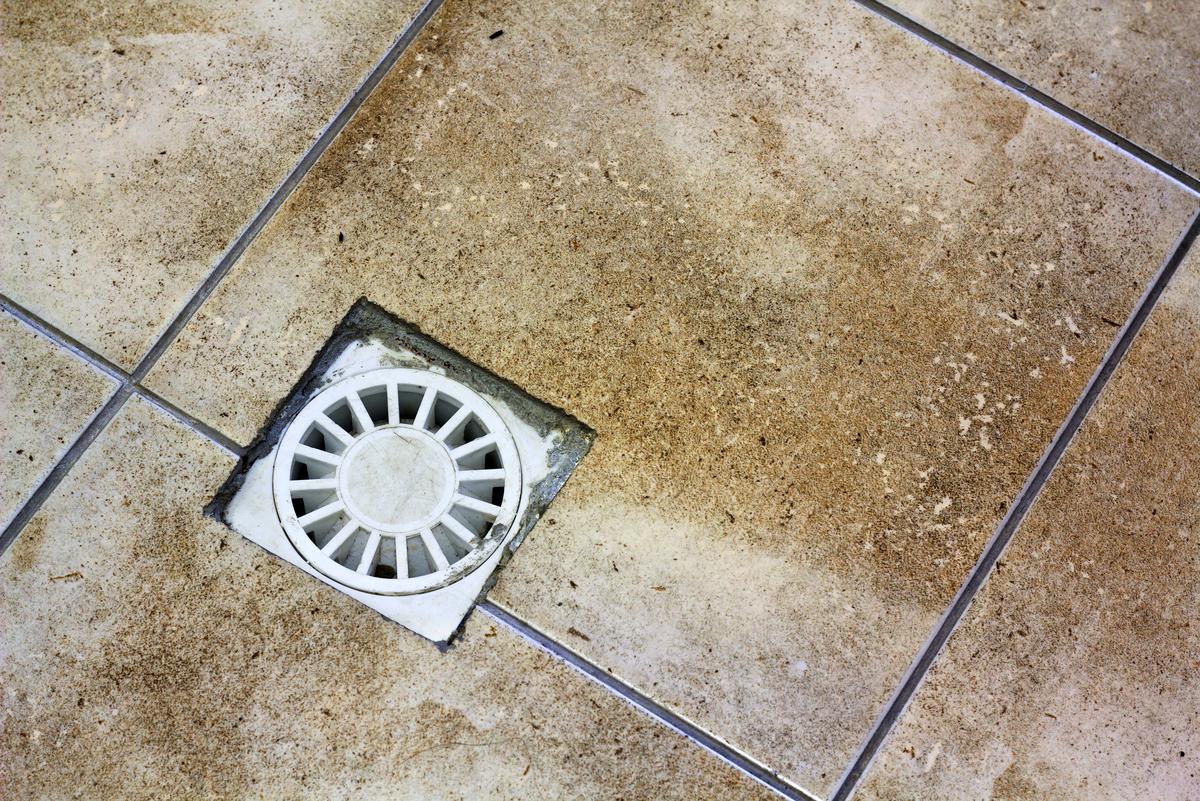
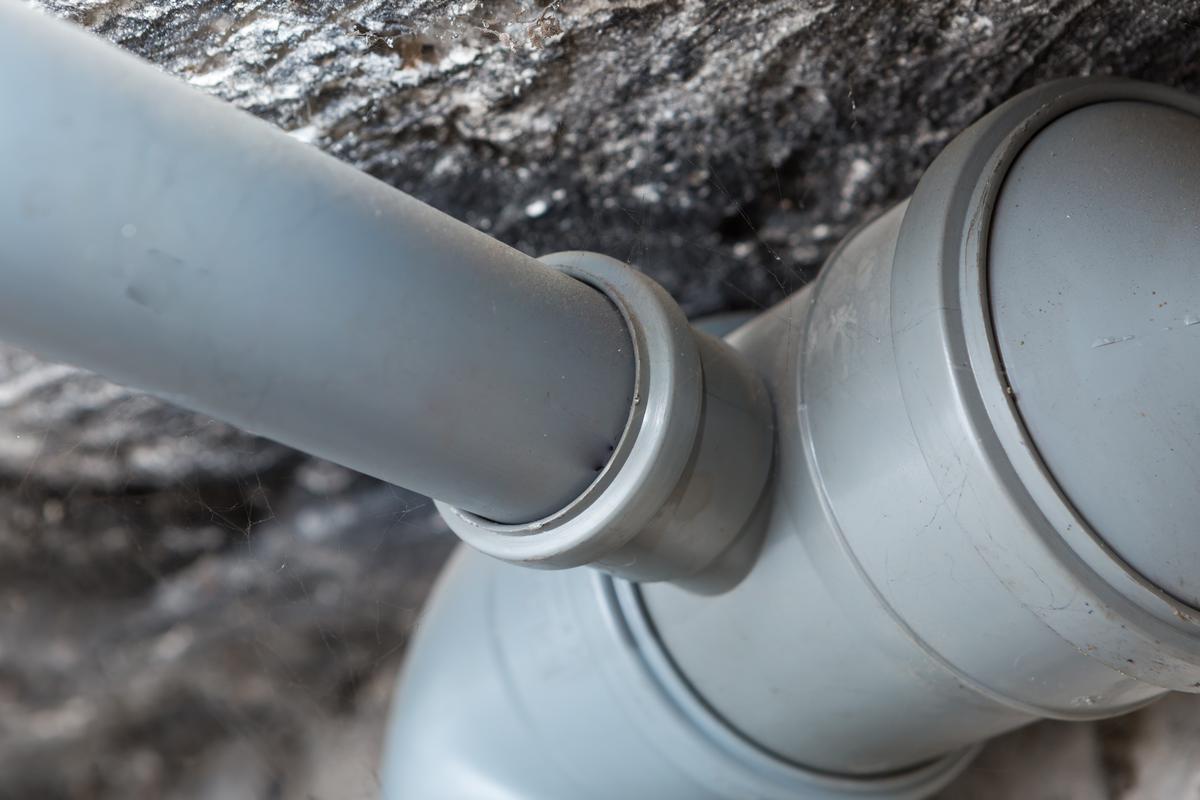
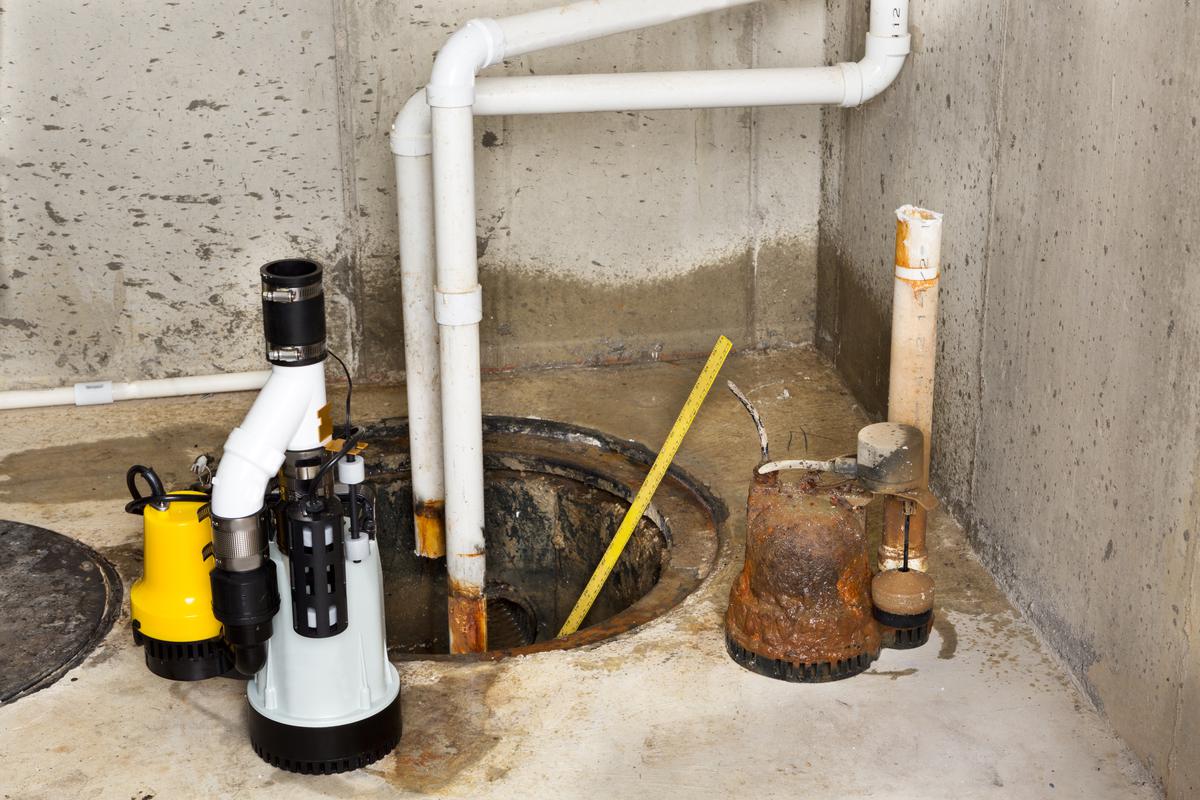
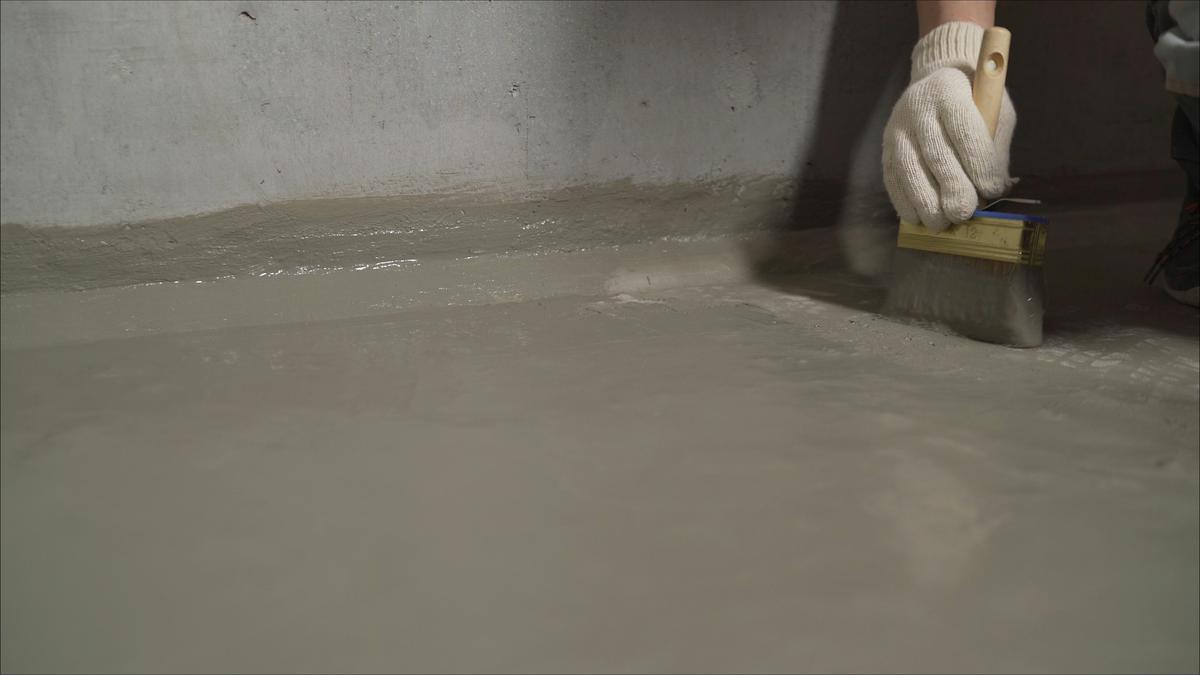
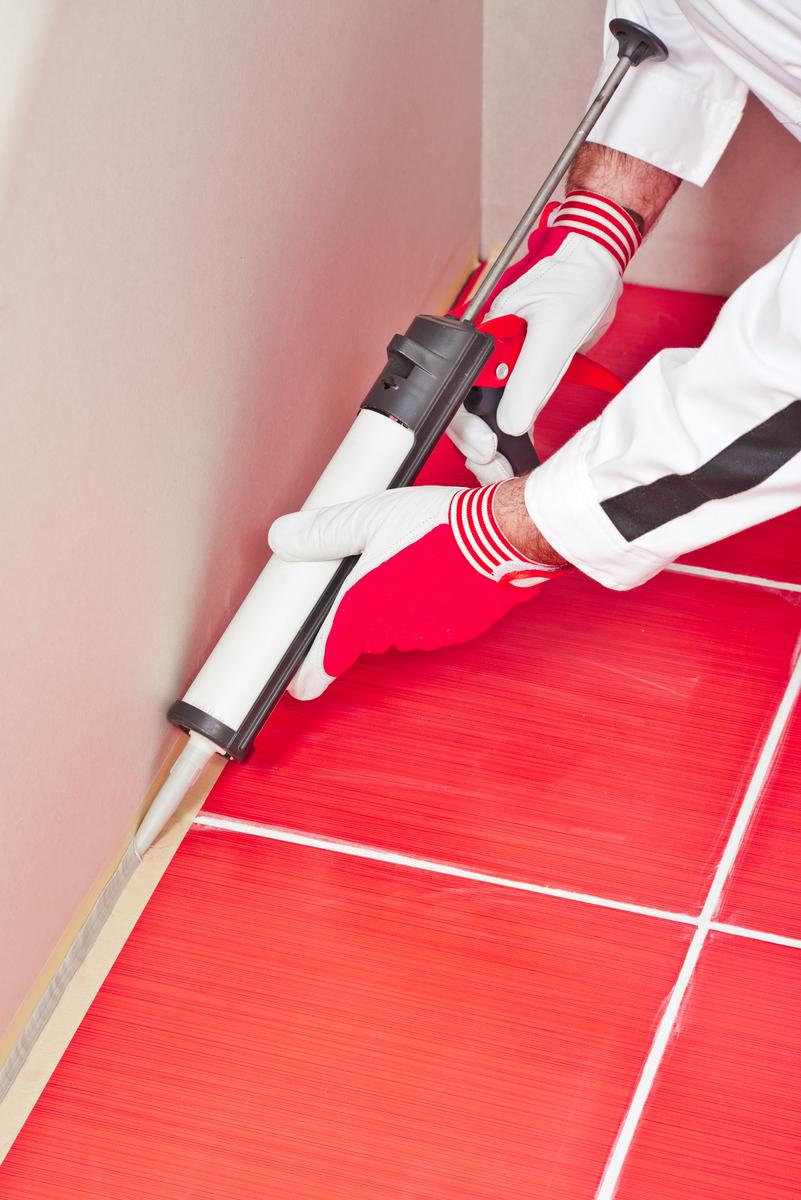
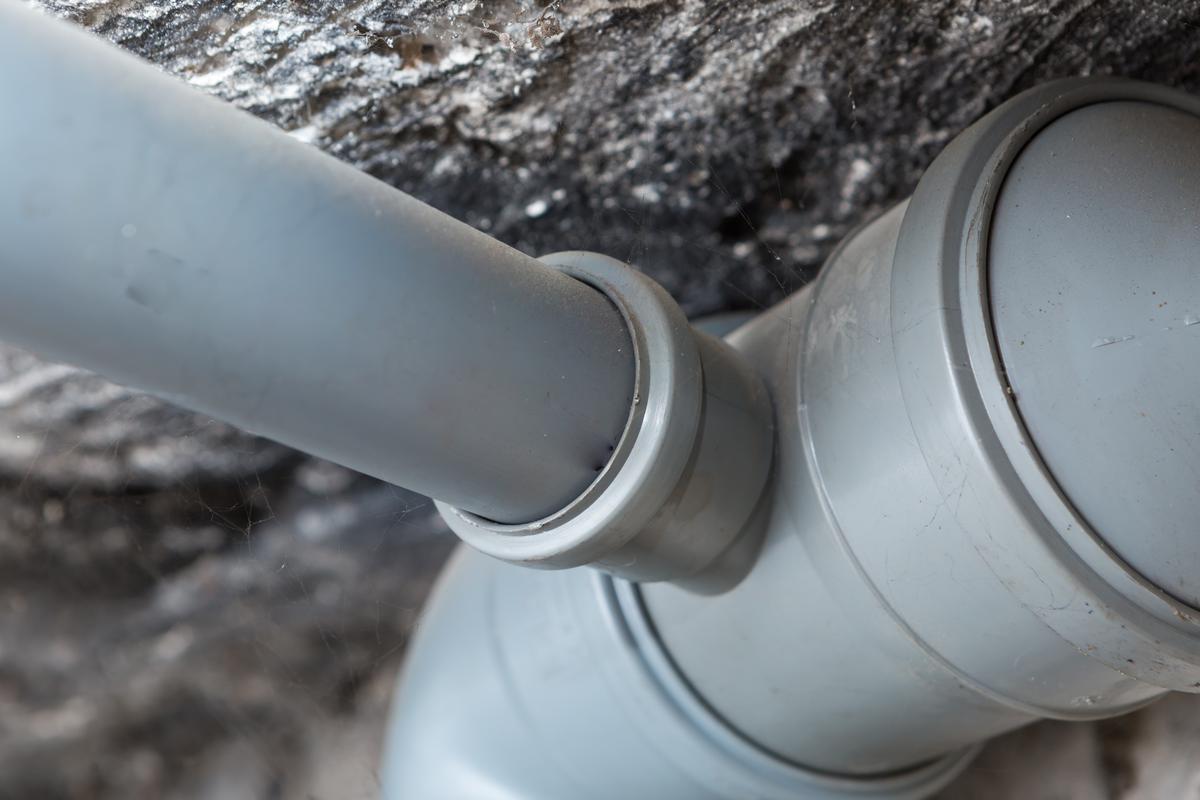
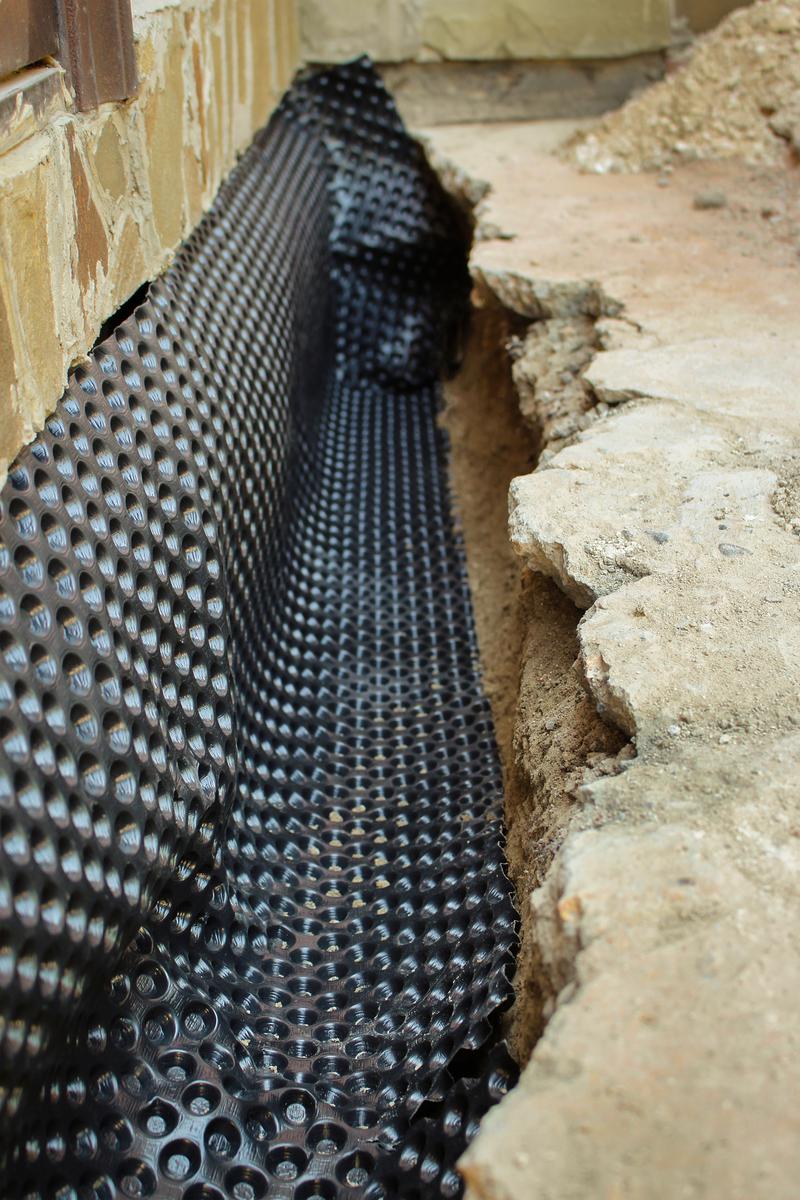
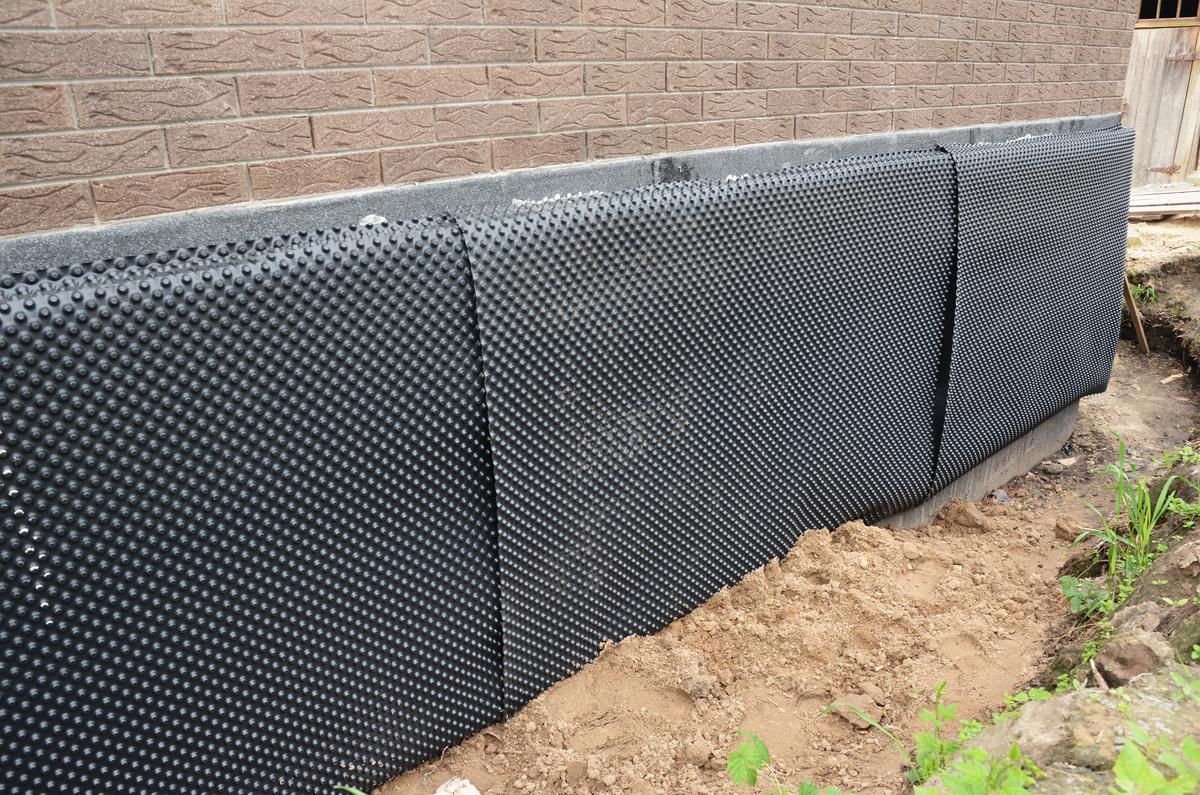
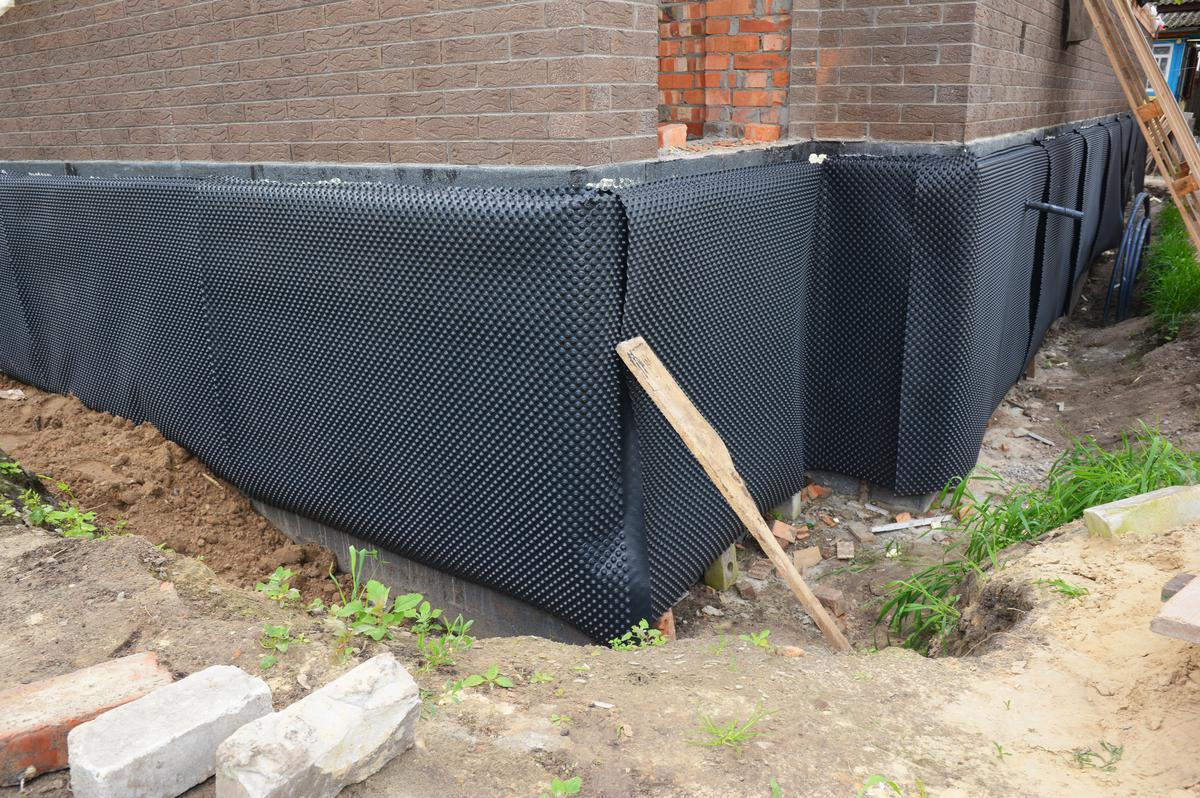
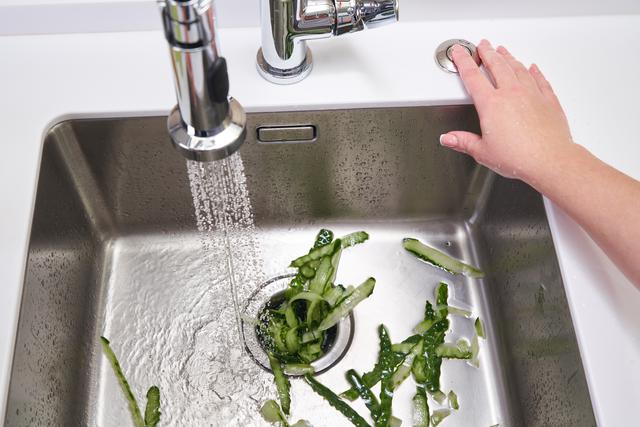

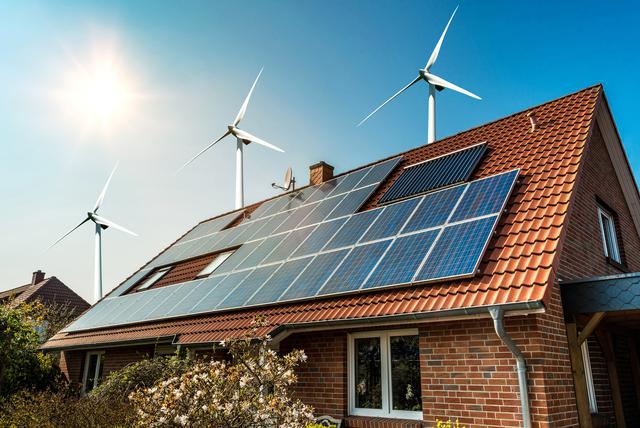
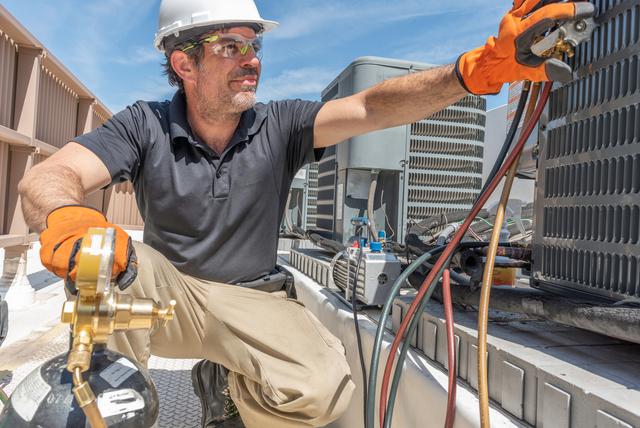
comments